With Wimbledon, one of the biggest tennis tournaments in the world, starting on Monday, we thought we would go over the emerging technologies in the world of pro tennis.
In the past few years, the world of tennis has evolved quite dramatically through the emergence of advanced technologies (Injury prevention software, wearables, AI, AR/VR/holograms, radars..) that have helped improve the fans experience as well as the performance of tennis players or even prevent major injuries.
Injury prevention tools and advanced wearables measuring hydration level, fatigue level of muscles, or the mapping pressure on the foot, have become critical tools to help coaches reduce the number of injuries in tennis.
So what are the most common types of injuries in tennis today?
According to a study from the Business Journal:
- 39% of injuries were acute new presentations occurring during the Championships.
- 34% presentations related to acute traumatic injuries that had been sustained elsewhere prior to the Championships (acute-prior).
- 16% of presentations were pre-existing chronic in nature.
- 11% injuries had occurred within 8 weeks of recovery from a similar injury to same site and were classified as recurrent injury.
Source: Business Journal
Shoulder, knee and lumbar spine presentations are common in both male and female tennis players at The Championships. Male players appear to sustain more groin, hip, ankle and heel injuries, with wrist and foot problems being commoner in female players. Figure 7 shows a graphic representation of the proportion of injuries sustained by male and female players by body region over the 10-year period, 2003–2012.
- Axial injuries (including head, spine and abdomen) account for 25% and 23% injuries in male and female players, respectively.
- Upper limb injuries account for 28% injuries in both genders.
- Lower limb injuries account for 47% and 49% injuries in male and female players, respectively.
Source: Business Journal
Tennis’ appetite towards new ideas and technologies is growing
Over the past few years the world of tennis has embraced new technologies for many reasons: Improve the fans experience, help prevent potential injuries, grow tennis organizations’ top line.
Machar Reid, Head of Innovation of Tennis Australia (Australian Open Tennis), GM at Wildcard Ventures, further explains during an interview with The Upside: “The sport’s enthusiasm for embracing new ideas and technologies (+ its tolerance for uncertainty and failure) is definitely growing. It’s being accelerated by us getting more sophisticated in our understanding of the needs (both current and future) of our customers/players and the convergence in digital experiences that is occurring across all of sport and entertainment”.
In the following section we are going to highlight some of those emerging areas in greater details.
Tennis tech vendor ecosystem: From wearables, AI, CV..to NFT/Metaverse
In this analysis, we’ll provide an overview of the key tennis tech segments, the key players, and current and future trends.
Let’s start by defining the key tennis tech segments:
(1) Wearables: This segment typically includes wearables from various shapes and forms such as smart patches, smartwatches, fitness bands, smart t-shirts, smart shorts, smart shoes/insoles embedded with sensors capable of measuring athletes’ biometric data (HR, HRV, workload, fatigue, breathing, and more). Key players include companies like Hexoskin, Babola, Polar, Sensoria, Strive, Myontec, Neurocess, Adidas, Samsung, Apple, Sony, Fitbit, Plantiga, Garmin, adidas, Under Armour, LG, Huawei, Motorola, Kenzen, Gatorade, iRythm, Vital Connect, FLOWBIO, Nix Biosensors, Epicore Biosystems, among others.
(2) Performance training: These are typically devices or software that are specifically focused on measuring the performance of tennis players and help coaches better understand the readiness of players or even prevent injuries. They can be software solutions (Tennis Locker, Kitman Labs), and are not necessarily wearables (Bisu). They can also be worn on the body and track GPS (location..) like Kinexon as well as workload, fatigue level, speed, the mapping pressure on the foot, and more. Key players include companies like SALTED, PIQ, Plantiga, Neurocess, Myontec. Lastly this also includes companies like Orreco focusing on blood analysis and more which allows coaches to see if tennis players are overtraining or not.
(3) Neuroscience & biofeedback: These are technologies that enable the visualization of brain wave activities as well as the measurement of data such as ECG. It can be typically worn on the head and can also be used to measure biofeedback to help athletes relax and be in the zone when they need to perform during sports events. Key players are Emotiv, or NeuroSky. And companies like Halo also built a neuroscience based device enabling athletes to increase neuroplasticity. Lastly companies like REBALANCE Impulse developed a solution for tennis players that combines neurotechnology, with apply neurosciences, color and sound therapy to create an effective stress-reducing experience.
(4) AI based video highlights: This segment typically includes AI-based solutions that enable the creation video highlights and teasers which enable broadcasters, publishers, and teams to automate the video production process using AI and neural networks. The key players in this vertical are companies like IBM, Vilynx, Stainless AI, Reely, Minute.ly, and WSC Sports.
(5) VR/AR/MR/3D/Avatars experiences: These are typically VR or AR/MR experiences that helps recreate a tennis experience in a virtual environment or augmented environment. Key vendors in this space are companies like Microsoft, HTC, Sony, WEARVR. Other companies like VREE have also created a virtual tennis competition where users can wear a full body suit and play against any players in the world. Other companies like Silkke have created a 3D based avatar experience for tennis players.
(6) Sleep monitoring and sleep aid: These are usually smart devices (e.g. mask, headband, watch..) capable of monitoring the athletes’ sleep and even making them fall sleep. Companies focusing on this area include companies like Fullpower Technologies, Fatigue Science (watch), Dreem (headband), Philips, Whoop (Watch), Remedee Labs, Helight, to name a few.
(7) SaaS systems: This category usually includes SaaS platforms that enable tennis clubs and academies to handle the booking and scheduling of tennis courts. Key players in this space include companies like IBM, Kourts, just to name a few.
(8) Radar / computer vision: This segment usually includes companies that developed advanced radars based on AI/computer vision technology capable of measuring various stats (Speed of the ball, score..) on the tennis courts. Key players in the space include Playsight, Mojjo, Zlam, just to name a few.
(9) NFT / Metaverse vendors: Typically this includes companies that can help tennis organizations create their own NFTs or metaverse experiences. Those include companies such as DaChain, Tropos AR, Venly, MyLads, STARGraph, Sorare, Dapper Labs, Autograph, just to name a few.
(10) Tennis academies, leagues, tournaments and pro tour: Those include tennis academies such as the Rafa Nadal academy, the Patrick Mouratoglou academy, the Piatti tennis center, the IMG tennis academy, the Good to Great tennis academy, the Bruguera tennis academy, the John McEnroe tennis academy. , just to name a few. This category also includes tennis tournaments such as the Australian Open Tennis, the French Open, Wimbledon, the US Open tennis. It also includes the pro tennis tour such as the ATP, WTA, as well as the ITF.
Source: Upside Global, 2022
Here is the interview we did there in December 2021 at the USTA Player Development Center in Orlando, Florida, with Satoshi Ochi, the head of strength and conditioning coach. In this video Satoshi gave us a quick tour of his facility, and talked about the types of technologies (e.g. Kinexon’s real time tracking solution, Plantiga’s smart insoles, Polar H10 HR monitor, PlaySight’s on-court video analysis, AMS (Athlete Management System) mobile app, etc..) he uses to help improve players’ fitness and prevent injuries.
Video: Upside Global, USTA, December 2021.
You can check out the Q&A we did with Satoshi here as well.
In the following section we are going to highlight some of those emerging areas in greater details and where the tennis tech industry is heading.
Tennis industry set to focus on technologies that can make a positive and sustainable environment impact. Web 3.0, NFTs, metaverse, gaming, also set to be key areas of focus.
Moving forward, the tennis industry is set to embrace technologies in fast growing areas like gaming, web3 and NFTs as a way to create new types of fans experiences. In addition, Machar Reid, Head of Innovation of Tennis Australia (Australian Open Tennis), GM at Wildcard Ventures, believes that the tennis industry is also set to focus on technologies that can make a positive and sustainable environment impact: “I think the market will pay increasing attention to the environmental thematic – to technologies that can make a positive and sustainable environmental impact at tennis events and venues into the future. It’s something that we’re turned our eye to at Wildcard Ventures. And despite the current market tumult, the blending of our physical and digital worlds will also throw up interesting opportunities for fans through gaming, web3 and NFTs”, explains Machar Reid.
From advanced radars to advanced computer vision video analysis systems:
Over the years, advanced radars have become part of the daily routine from pro tennis to amateur tennis. One of of the most well known companies in this area is PlaySight. They created SmartCourt, a camera-based sports system that provides live streaming, multi-angle video and analytics for tennis.
Video: PlaySight
Powered by computer vision, AI and machine learning technology, SmartCourt is now being used by hundreds across the tennis world with the top athletes, schools, academies, clubs and federations in the sport. One interesting thing about PlaySight is the product’s data analytics piece which helps analyze tennis players’ game by tracking the various strokes, speed in real time.
Picture: PlaySight
We expect radar systems to become more advanced and portable in the next few years. This is likely to happen to due to advancements in computer vision and AI.
Moving forward we expect to see the emergence of more advanced computer vision systems. One of the vendors in this emerging markets is Zlam, a startup in Italy, which built a sports video analysis solution for tennis. You can watch the video below that explains how it works:
Video: Zlam
During a podcast interview with the Upside, Donato Campagnoli, CEO of Zlam, explained how Zlam works: “We are providing a customized, emotional and engaging experience. People love numbers and stats but what they really want as players, coaches, as stakeholders, are feelings, emotions, the understanding of the game and that sense of belonging. And this is what Zlam offers. Zlam is a combination of things. First, it’s an acquisition system, because you need a system in order to record matches systematically. And then our technology is capable of analyzing this data in order to produce some meaningful and valuable information. We built this capability into a B2C solution (see below) and also into our Zlam Platform, which is a web app where you can access, as a coach or an expert, very in depth and insightful information about the tennis match”.
Donato further explained the underlying computer vision technology used by Zlam: “We use both computer vision and AI. We wanted to develop a very light system, meaning with as little hardware used for the system as possible, with just one camera and one PC. And we wanted a very user-friendly system to be installed on a tennis court, which should also be low cost. For the service and the equipment, the total cost is around 3,500 euros. There is a monthly fee to activate the software, too”.
Donato is now working on integration his technology into 1500 Italian tennis clubs: “We are now working on the integration with a platform delivering online court booking services and data for management/administration to 1500 Italian clubs. For those clubs that do not have this platform we are releasing our Zlam APP. We guarantee our customers the recording of the matches, the live streaming of matches, and of course analytics which include the insights and statistics about the performance of the tennis players. So to summarize we install a hardware system at clubs that have various software packages with different pricings available. For example you can buy 30 hours, 60 hours, or 100 hours and so on. In a couple of weeks we’re going to install the first systems. .
You can check out the full interview with Donato Campagnoli here.
Ultimately we expect to see more advanced radar technologies and AI/computer vision systems used in the world of tennis in the coming years. It will help improve the fan experience.
Machar Reid, Head of Innovation of Tennis Australia (Australian Open Tennis), GM at Wildcard Ventures believes that computer vision and AI will continue to be a fast growing area in the world of tennis. “Computer vision and AI have such broad application that I think we’ll continue to see them (as a technology) fuel a large number of media products and personalized consumer and player experiences”, explained Machar Reid, during an interview with The Upside.
Holograms enabling fans to virtually play against tennis players:
What if you could virtually play against the holographic version of your favorite tennis player? This is exactly what companies like VNTANA created. A few years ago they teamed up with Mercedes Benz to create an holographic experience that allowed fans to interact with a hologram of Tennis star Roger Federer.
So what what was the outcome of this experience?
Over 8,000 fans went through the activation, increasing consumer engagement by 20% from past years.
As we noted in a previous analysis, we believe that Holographic type experiences are a great way for teams, and brands to engage fans, and drive activations. Brands can leverage such an innovative medium to capture contact information that may lead to potential leads and future sales. Teams can attract more fans to their sports events as well. It is a win win situation for the brands, the athletes, and the teams. That being said, brands and teams have to invest carefully into these types of mediums to make sure that they can get a tangible ROI Vs how much they spent on such technology.
Video: VNTANA, Roger Federer
3D Avatars enabling tennis fans to be teleported into a virtual tennis court:
What if you could be teleported into the main court of Roland Garros to see what it feels like? This is pricesely the type of experience that Silkke has built. The French startup teamed up with Roland Garros a few years ago.
So how does it work?
Their capsules scan fans and then generates a 3D avatar of themselves. The fans are then teleported into a virtual tennis court. The resulting applications are then almost infinite: For example, Nike could invite people to create their avatar and then play tennis against Rafael Nadal in a game.
Photo: Silkke
From AI based court booking systems to AI based video highlights:
Over the past few years, AI has become a prominent part of the world of pro tennis and it is now at the center of many services and products used by tennis players.
For example, AI is powering court booking systems like Kourts to help tennis clubs and academies improve the efficiency of the booking system, the courts occupancy, and help retain and attract new tennis players.
“We have a marketplace with more than 80,000 tennis players, we’re directing players towards facilities that are on our platform and I’ll give you an example. We’re based in Venice Beach, California, which is one of our biggest markets mostly because we are headquartered here, we are currently in 24 different states in America. We’re only in the US for the time being. One club in particular, which was one of the first four clubs that was on the platform, when they started with the Kourts platform, they had 42% on average court occupancy. In today’s situation, and this is 18 months in, they have more than 72% court occupancy”, said Walid Fattah, Kourts CEO.
Kourts plans to add new features like enabling tennis players to more easily find instructors based on their location, or find a tennis partner based on advanced playing matching capabilities:
“Now, let’s say you, Julien, you come to Los Angeles and you’re going to spend three days here and you’re looking for an instructor. Well now, through the Kourts app, what you’ll be able to do is whoever is on the Kourts platform as an instructor, you’ll be able to say, “I’m looking for an instructor. I am in Santa Monica,” and now what the app will do is will show you all the available instructors in Santa Monica at the specific time that you’re looking for (..) The other thing that we’re adding as well, which I think is almost as important as that is player matching. There’s a lot of player matching apps out there, which work great, but the issue they have is they have very little content. (..) As I said, almost 100 thousand players. It’s very likely now that depending where you go, if you use the Kourts app, and if we have player matching, you’d be able to find a player”, continued Walid Fattah, Kourts CEO.
Picture: Kourts’ mobile app and desktop app
To learn more about Kourts, you can listen to our full interview with Kourts CEO here.
As we noted earlier, another area where AI has been used for tennis is the area of AI-based video highlights and teasers which enable broadcasters, publishers, and teams to automate the video production process using AI and neural networks.
One of the biggest players there is IBM. IBM iX and IBM Research used Watson to identify the points and shots in a match that are “highlight worthy.” The system uses cognitive algorithms to select exciting moments from US Open match video based on video, audio, and scoring data.
For example, researchers taught Watson to understand the content of tennis video, such as detecting what a player celebrating with a fist pump looks like. It analyzes the audio to identify cheering and high levels of crowd noise. And it understands the vital statistics of the match – like game points, set points, and match points – to recognize how critical a moment is to the outcome of the match.
Once the individual highlights for the match are determined, the system uses meta-data to automatically generate the graphics and facilitate storytelling. These highlights are being shared on the US Open Official platforms like Facebook, Instagram and YouTube.
Lastly AI can also be used to automatically insert virtual ads into a tennis experience without the need to use any hardware. It enables sponsors to get more awareness about their brands and products. This is exactly what companies like Stainless AI have built.
Photo: Stainless AI
The point here again is that AI is touching on many aspect of the tennis game. We expect AI to continue to power many new emerging products and services in the years to come. AI will only get better over time based on the continued advancements in neural networks.
Non invasive contactless biosensors set to become the new norm for sleep monitoring among the world of pro tennis.
As we mentioned in a previous analysis, athletes are very particular about their sleep. Wearing smartwatches, headbands or any other wearables to monitor their sleep is a no go in our opinion. This is why we believe that non invasive devices using biosensors capable measuring the sleep (light, deep sleep, REMs..) is the way to go.
In fact, we work with many pro teams and based on our feedback teams prefer using non invasive devices using contactless biosensors because it is more convenient for the athletes and it makes the coaches’ job easier.
We have come across many devices using contactless biosensors and one of the best products (see picture below) that we have seen and tested is SleepScore Max. The device was very convenient to use as we only needed to put it on our bedside table. It seemed to be accurate in terms of sleep measurement as it was able to measure our light, deep sleep accurately.
Picture: SleepScore Max
Another key product that we tested is Sleeptracker® Monitor, which analyzes sleep cycles, breathing rate, heart rate and movement to offer personalized suggestions for better sleep. Of note, this device made by the leading company Fullpower Technologies.
Photo: Fullpower Technologies. Tomorrow’s non invasive contactless biosensor.
We found the quality of the device’s measurements very accurate. In fact, Fullpower Technologies is recognized as one of the leaders in the smart sleeping market especially in terms of accuracy. Of note, we recently interviewed Fullpower Technologies CEO Philippe Kahn and plan to publish the video interview soon.
Picture: Fullpower Technologies. Tomorrow’s non invasive contactless biosensor.
In the next 5 years, we expect most pro tennis players to use those types of devices using contactless biosensors in the future simply because it is a lot more convenient than having to wear a watch, headband or a ring to measure sleep quality.
Next generation wearables capable of providing relevant insights and even detect early signs of chronic diseases, will separate themselves from the pack.
As we noted before, the holy grail of wearable health and sports products is to be able to analyze a large amount of data, makes of it all and detect early signs of chronic diseases. This is why we believe that in the next 2-3 years we will see the emergence of next gen wearables capable of detecting early signs of chronic diseases such as diabetes, or blood pressure. This will be made possible by the use of advanced algorithms and biosensors. For example Apple is rumored to be working on a new type of wearable device capable of measuring glucose level.
But Apple is not the only companies or institutions trying to crack this code, go beyond steps/calories/HR sensor data and generate insights.
For example, as we mentioned in our analysis on the wearable sports market, the iQ Group Global, an Australian consortium of life science and financial services companies, developed a biosensor capable of accurately measuring glucose in a person’s saliva. They claim that they built the world’s first non-invasive, saliva-based glucose test for diabetes management that measures glucose in saliva rather than blood. The saliva-based glucose test is being developed. The technology, invented by Professor Paul Dastoor and his team at the Centre of Organic Electronics at the University of Newcastle in Australia, comprises the Glucose Biosensor Unit and a digital healthcare app. The iQ Group Global acquired the biosensor technology in 2016 and has accelerated its development for diagnostic applications. The Glucose Biosensor Unit is a small, disposable strip, which when exposed to an individual’s saliva instantly provides a glucose measurement. The glucose measurement will be presented in real-time, via a proprietary digital app on a patient’s smart device.
Now some of you might be thinking “This is great but this looks more like a research project than an actual commercial product”. That’s a fair point but we believe this is the kind of technologies that will emerge in the coming years.
Picture: Glucose biosensor (iQ Group Global)
Another company focusing on glucose measurement in a non invasive way is Biolinq, which has raised $118M+ in funding. Of note this startup is backed by Dallas Mavericks (NBA) owner Mark Cuban. Biolinq is developing a device for patients with diabetes who regularly monitor the level of glucose in their blood. It uses sensors to test fluid in the uppermost layer of the skin. As shown in the picture below, the idea is that the patch, which the company describes as “pain-free,” would replace finger sticks and other more invasive monitoring methods.
Picture: Biolinq’s glucose monitoring solution.
Wearables, coupled with advanced and more accurate injury prevention software, set to become a key competitive advantage for pro tennis.
As we mentioned before, having the ability to take a large amount of data and makes sense of it to generate meaningful insights and assess the risk of injuries is critical. With that in mind, today we’re seeing many startups that are leveraging AI to analyze a large amount of data (like wearable sensor data and video) in order to assess the risk factors of injuries, evaluate and even scout players. This is the case of companies like Kitman Labs, Mycoach, and CoachMePlus.
Photo: Kitman Labs
We believe that over time these various types of AI-based injury prevention and training systems, coupled with advanced wearable devices, will become better at predicting the risk of injuries as new types of wearable biometric data (electrolyte, lactic acid, sweat volume, glucose, protein) become widely available and continue to feed the system. These new types of biomarkers will make the AI-based model more capable and insightful over time.
Another key area in injury prevention for pro tennis is enabled by advanced wearables made by companies like Plantiga or Myontech, or SALTED. Few sports require as many pivots, direction changes, and accelerations as tennis.
Salted is a key player in this market. Founded in 2015, Korean startup Salted Venture has taken in an undisclosed amount in funding so far to develop Smart insoles, which can analyze and correct the golf swing of its user. Here is a quick video of the smart insoles in the video below:
Video: Salted
After charging for two hours, you’ll connect the insoles to your device via Bluetooth. The first time you connect them, it takes a couple minutes because there’s a calibration process. After that, it takes just a few seconds, assuming everything works smoothly. As with any wireless technology, there will be times when you need to cycle the power to get things on track.
There are two primary modes in the app: Video Analysis and Drill Practice. In Video Analysis, you can film your swing and then watch the swing alongside your pressure data, which can be displayed a few different ways. I like this mode a lot because it breaks down that “feel vs. real” barrier. The golf swing happens so fast and has so many moving parts that it’s difficult to know for certain where your pressure is at different points in the swing. With SALTED, you can know for sure. The app also provides professional swings you can compare yourself to. Now this is for golf but we think these smart insoles could be useful for tennis as well.
Picture: Salted
They also claim to be as effective as a golf coach because of the real-time feedback
Picture: Salted app
It is also important to notice that those smart insoles can be customizable which is important for basketball or soccer players.
They are also waterproof and sweatproof.
We believe that Salted is a good fit for tennis enthusiasts who love technology and are looking to improve their game.
New types of wearables capable of measuring human power, electrolyte, lactic acid, set to become a must have among pro tennis players.
This brings the next point which is the emergence of new biosensors capable of measuring new types of data. We talked about new sensors capable of measuring glucose level, but we are also seeing other companies developing biosensors to measure other markers for optimizing health and fitness. This is important in the world of tennis. One of those companies focusing on this is FLOWBIO, which is developing the world’s first real-time sweat sensing platform. Their product, the FLOWPATCH is unlocking the next generation of human performance data starting with total body fluid and electrolyte loss. The FLOWPATCH consists of a single-use sensor (to ensure maximum accuracy of data) and reusable electronics, which analyses the signals coming from the sensors and processes + streams the data and hydration recommendations to a smart-watch, bike computer or phone.
Picture: FLOWPATCH prototype.
Here is a video demo of the product in the field.
We believe that FLOWBIO has built one of the best sensing products out there. We like the form factor (smart patch) and the fact that it can measure body fluid and electrolyte loss in real time when the athlete is working out. But more importantly it can understand the baseline of each individuals. We also like the fact that it can recommend to athlete how much water he/she should drink. Ultimately we believe that the Flowbio smart patch could be very useful for tennis players playing under high heat. It could help monitor their hydration level in real time and get rehydrated.
Neurofeedback / stress management tools set to become the norm in the world of pro tennis.
Tennis is one of the most demanding sports in terms of mental toughness. Some experts believe that what makes the difference between an average player and some of the best tennis players in the world is their mental toughness. Tennis players like Rafael Nadal are known for being very strong mentally which is one of the key reasons for Nadal’s success throughout his career. Companies focusing on this emerging area is REBALANCE Impulse .
Picture: REBALANCE Impulse’s mobile app and system
They’ve developed an equipment dedicated to preventing and alleviating chronic stress. They combined neurotechnology, with apply neurosciences, color and sound therapy to create an effective stress-reducing experience.
Picture: REBALANCE Impulse.
So how does it work? The REBALANCE program is both personalized and able to evolve over time. It adapts and adjusts in real time thanks to data transmitted by its various sensors (neurofeedback and biofeedback). The user can use an app to view the results of each session (REBALANCE indices). After a few 30-minute sessions, and sometimes after just the first one, each user discovers his or her ideal relaxation method and unlocks the keys to controlling stress in the long term. Stress diminishes, the level of vitality increases, these are the signs of balance being restored. This type of solution also enables other benefits such as full neuromuscular release, an increased ability to concentrate and memorize, better-quality sleep, faster recovery, stronger immune system, improved acid/alkaline balance. It also protect and stimulate telomerase, which has an anti-aging effect, and enable athletes to better channel their energy.
“Rebalance Impulse acts directly on the rebalancing and regeneration of the autonomic nervous system. Thanks to the various sensors of neurofeedback and biofeedback, our software determines for each athlete what is the combination of cognitive and respiratory exercises that allows him on the one hand to manage his stress in the long term, and on the other hand to find the routine that it allows him to dissolve the stress as soon as it appears and to find, in a few seconds, his cardiac coherence, his motor neuro preferences and his maximum concentration abilities,” explained Philippe Avice, cofounder and CEO of REBALANCE Impulse.
We are also likely to see the emergence of AI based biofeedback applications in the world of tennis in the coming months. One of the leading vendors in this areas is GameSense which built the first of its kind app that test & trains a tennis players’ serve recognition.
This app is founded by renown sports scientists. It is also 100x more efficient than any other systems out there. Tennis players just need to use it 15 minutes a day. It also complements existing training sessions and gives coaches analytics.
Picture: GameSense tennis app.
The app also helps quantify tennis players’ strengths and weaknesses.
Picture: GameSense tennis app.
Here is a video explaining how the Gamesense tennis app works:
Video: GameSense
Sleep & Recovery tools set to give tennis players an edge to help them fight jet lag and recover faster
Pro tennis players, by the nature of what they do, have to travel across the globe and deal with multiple time zones. This is why being able to effectively manage their sleep is critical. One of the companies focusing on this area is Helight. They developed a sleep aid device that can emit a pure 630 nanometer wavelength. It has an effect on users’ sleep quality, falling asleep, relaxation, sleep inertia (the feeling of fatigue upon waking), circadian rhythm, and even mood while promoting the secretion of natural melatonin. Helight already sold 30,000 units globally and it has been used by many pro teams (Top 14/LOU) and athletes. Helight also offers the Helight PRO, which uses photobiomodulation, which reduces athletes’ inflammation and pain and enables tissue regeneration.
The Helight device is an award winning technology with a 96% customer satisfaction.
The Helight device is easy to use. Users simply need to put the device on their bedside table before bedtime, and then turn it on. The device will turn off by itself after 28 minutes. It is the first sleep aid device requiring no user attention nor intervention.
The video below explains the science behind Helight’s devices and their use of photobiomodulation in sports. There are testimonies of doctors (Dr PELLETIER and Dr BENSADOUN), a medical physicist (Olivier CASELLES), a former Olympic athlete (Eléa DIARRA), a sports physiotherapist (Chrystelle ORTOLLA) or even the former osteopath of the French women’s basketball team who currently works for the Serbian team (Fabrice NOCERA).
Video: Helight
You can check out the full interview with Greg Bonnier, VP of Helight here.
In 2022 we will also see new form factors such as bracelets capable of making athletes fall asleep. A leading player in this space is Remedee Labs a French startup that built a bracelet and solution capable of stimulating brain endorphin release, the body natural pain killer. The bracelet also helps increase sleep quality and decrease stress. Of note, Remedee Labs raised $12M to date. The bracelet is already being used by patients in hospitals in France.
Picture: Remedee Labs bracelet and app.
Here is a picture of the Remedee Labs band:
Picture: Remedee Labs band, 2022
You can watch the video below to see how the Remedee Labs bracelet works.
Video: Remedee Labs, 2022.
We expect to see these types of new sleep tech form factors emerging in 2022 which will help teams improve athletes’ sleep, reduce stress and ultimately improve athletes’ performance.
More pro tennis players, tennis tournaments and academies set to enter the NFT/metaverse space in the coming months.
Lastly another key tech area that is set to take the world of tennis by storm in the coming month is the world of NFT/metaverse. We are already seeing some early adopters such as tennis star Rafael Nadal, who entered the metaverse by launching the metaverse version of the Rafa Nadal Academy, powered by Movistar. Concretely, users can get to know and tour the facilities of the sports center located in Mallorca, Spain.
The academy has a collaborative room where meetings and encounters can be held through the virtual avatars of the academy. In “Rafa Nadal Academy by Movistar” users can unlock achievements as they progress through the metaverse.
Picture: Rafael Nadal Academy’s metaverse experience.
If they manage to complete all the missions, they can obtain rewards through sweepstakes. In addition, the metaverse has several mini-games available. Those responsible for this project want the younger audience to live an innovative, fun and gamified experience.
Video: Rafael Nadal, Movistar.
Rafael Nadal is not the only pro tennis player to enter the metaverse. Other players like Serena Williams or Naomi Osaka jumped on the bandwagon. For example, Serena Williams joined the board of Sorare, the $4.3 billion fantasy soccer game on the Ethereum blockchain.
Naomi Osaka also dropped her NFTs on Autograph, the experience-driven NFT platform co-founded by Tom Brady.
Pro tennis players are not the only ones entering the metaverse/NFT space. Major tennis tournaments are also jumping on the bandwagon. Earlier this year Tennis Australia partnered with Decentraland to host the Australian Open (AO), which was the first official tennis grand slam in the Metaverse.
A virtual recreation of key areas in Melbourne Park, including the Rod Laver Arena and Grand Slam Park, opened for the duration of the Australian Open tournament.
The event included exclusive content for virtual visitors, including behind-the-scenes footage from over 300 cameras around Melbourne Park, including the exclusive player arrivals area and the practice village.
Picture: Australian Open’s metaverse experience.
As well as broadcasting live footage and AO radio, it featured archival footage from tennis matches dating back to the 70s and virtual meet-ups with tennis players including Mark Philippoussis.
The AO also teamed up with NFT platform Sweet and released six NFT collections commemorating the last five decades of the AO.
The collections was released intermittently between Jan. 17 and 27 to coincide with the tournament.
Tom Mizzone, CEO of Sweet said that the NFT release demonstrates a “truly new level of access” for fans to get a glimpse into the world of their idols.
“The idea that the AO designed an umpire chair that had never been seen before and now tennis fans can own and display that umpire chair as an NFT is just amazing.”
Separately, the AO launched a collection of 6,776 algorithmically created “Art Ball” NFTs on Opensea on Jan 12. The tournament partnered with Decentraland, Run It Wild and Metakey to create 6,776 ‘art balls’ produced from an algorithmic combination of different colours, patterns and textures. An additional 22 ‘AO Legend’ and 169 ‘Artist Series’ balls will feature unique designs made by legacy and NFT artists.
Picture: AO’s collection of 6,776 algorithmically created “Art Ball” NFTs
Each ball represents a 19cm by 19cm plot of tennis court surface randomly assigned when each NFT is minted. Every time a winning shot lands in that plot during any match at the 2022 Australian Open, the relevant NFT was updated in real time with match and ball tracking data.
According to Plummer, the collection sold out in three minutes following the public drop with a price floor of 0.26 ETH (around $875) and a trading volume of 223 ETH ($751,287).
We expect to see more tennis players, academies, tournaments launch their NFT collections and metaverse experiences in the coming months. This will help them improve the fan experience and drive their top line.
Bottom line: In the next 5 years we expect the world of pro tennis to use more advanced technologies to help improve the performance of players as well as the fans experience. Some of those advanced fans experience powered by AI, AR, VR NFT, the Metaverse, will help improve the fans experience and bring more people to tennis tournaments. Advanced wearables and sensors will continue to become more advanced and affordable and better at helping coaches prevent injuries. Tools that help improve mental toughness and sleep/recovery will also become part of tennis players’ daily routine to help them handle tough situations during key match points. So are you ready for tennis 2.0? We certainly are..

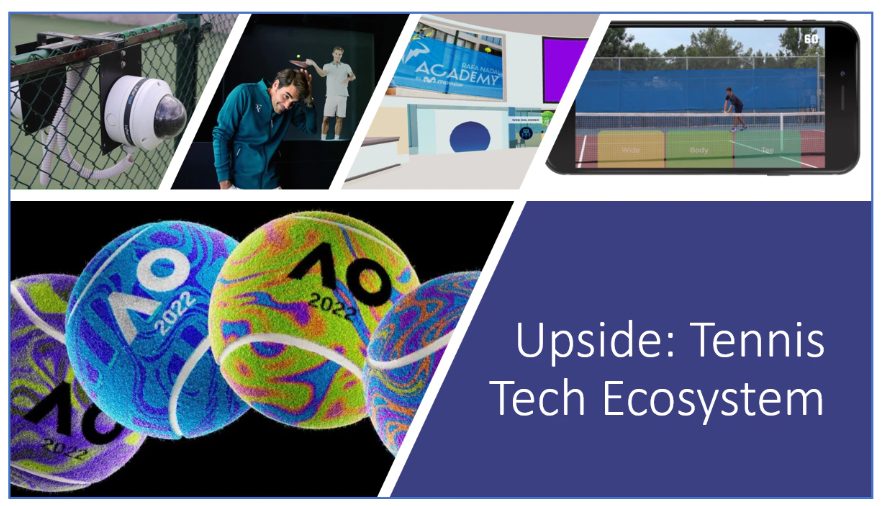
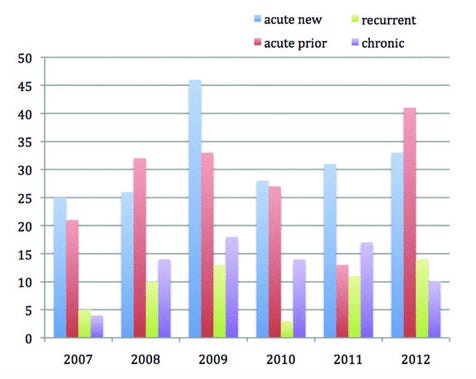
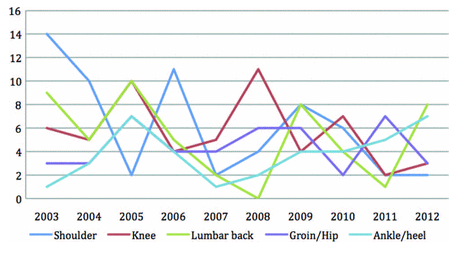
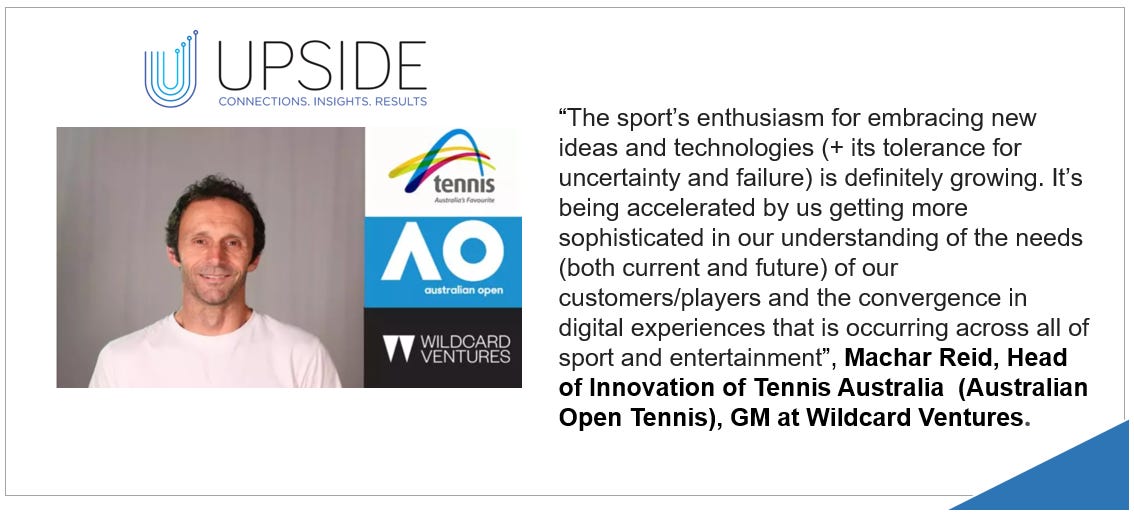
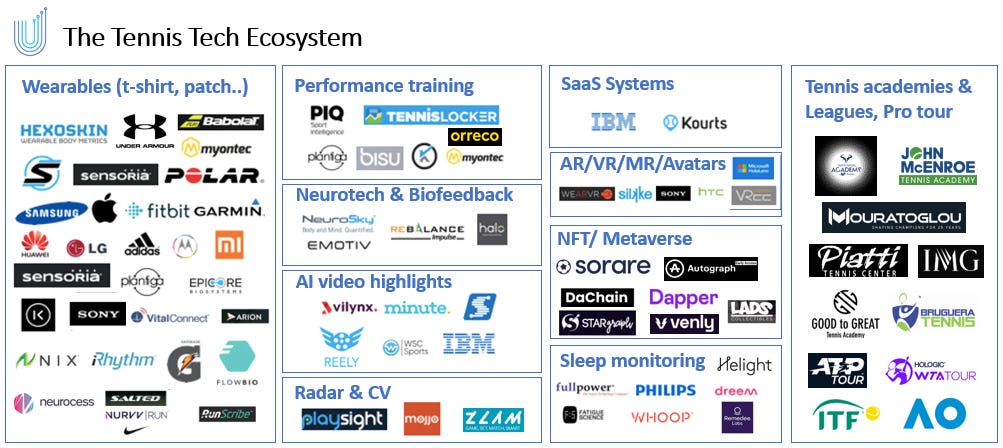
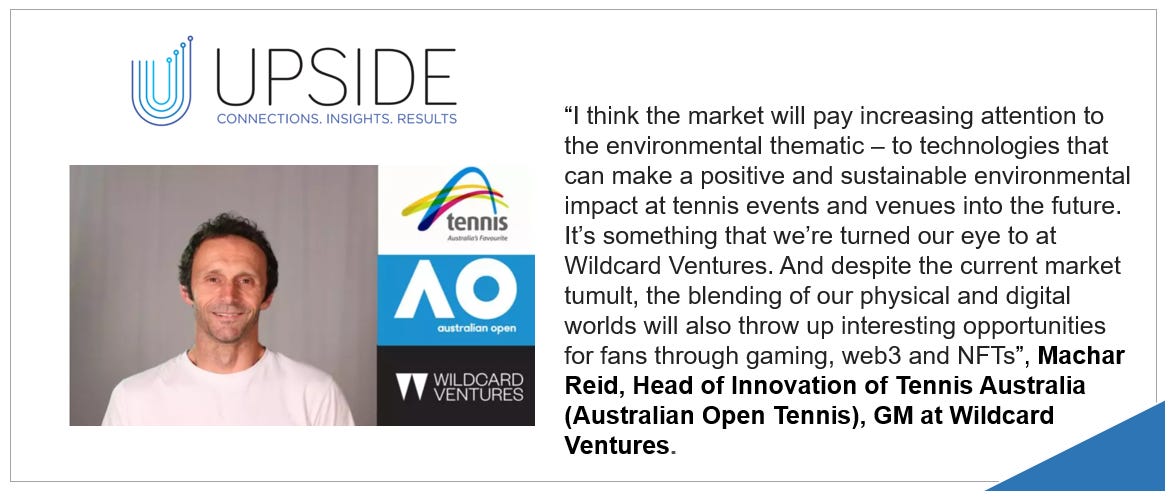
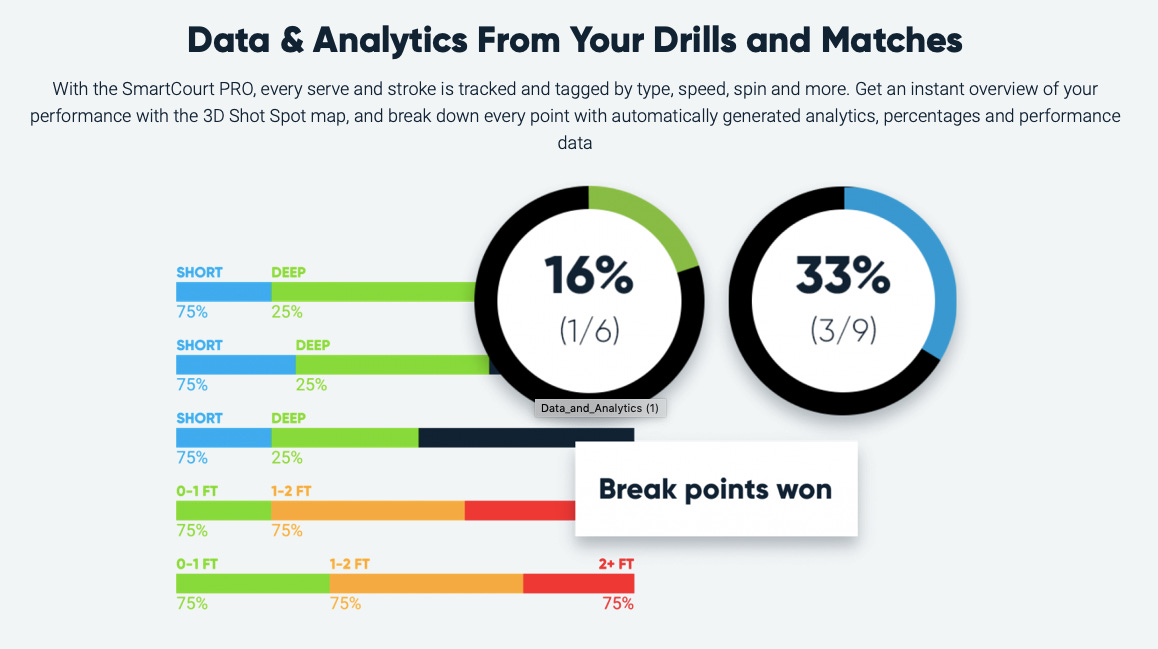
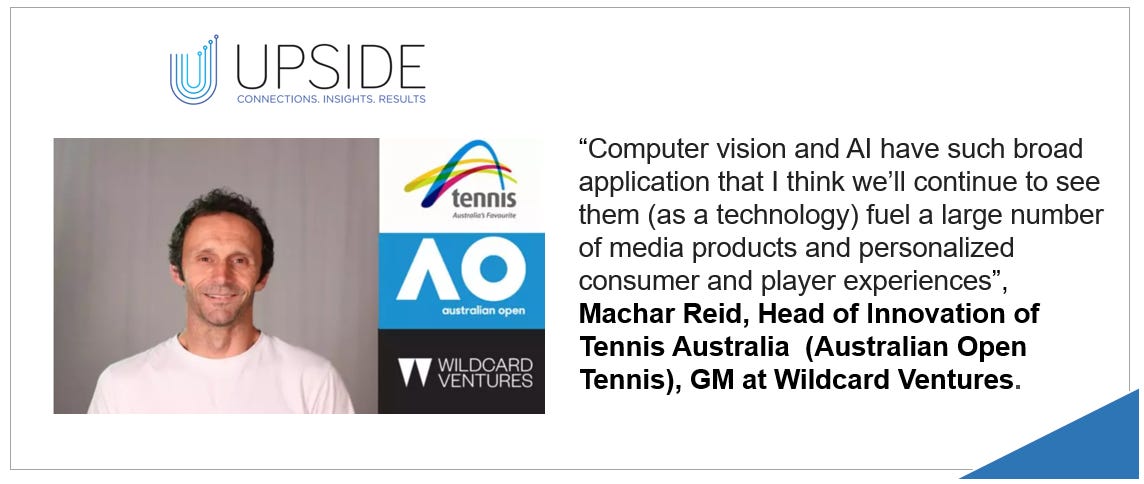
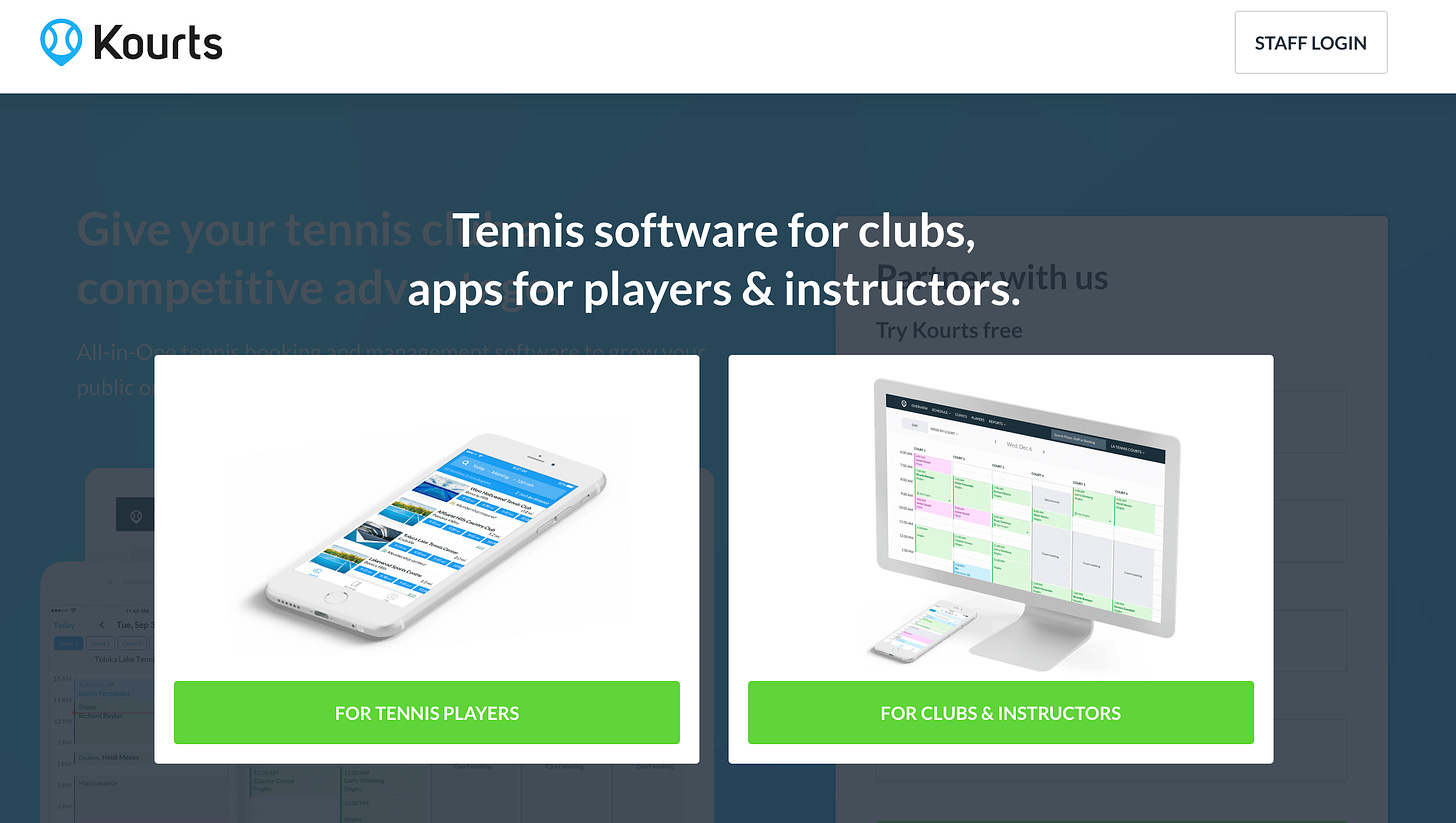
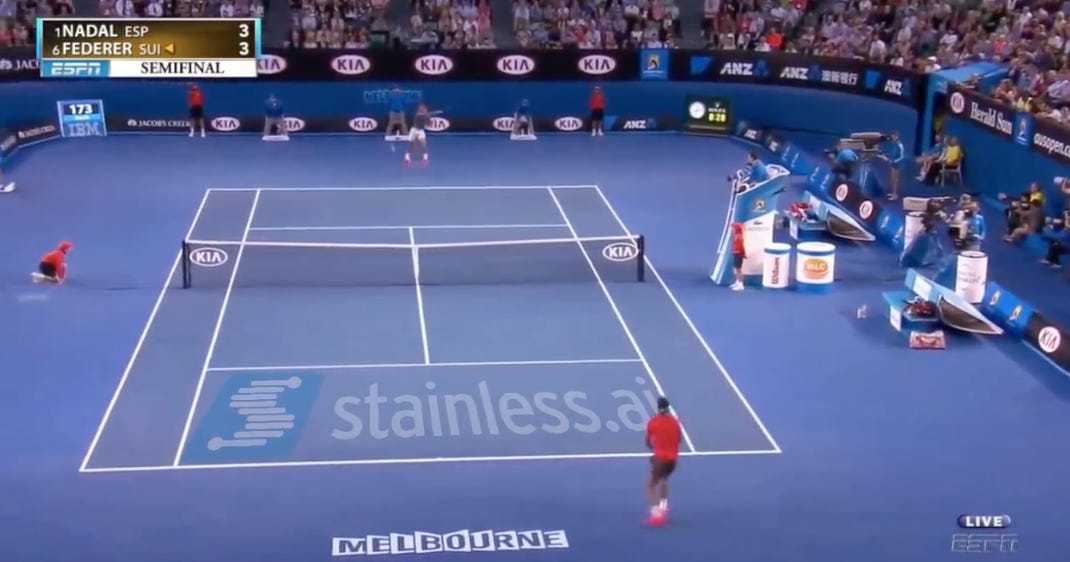
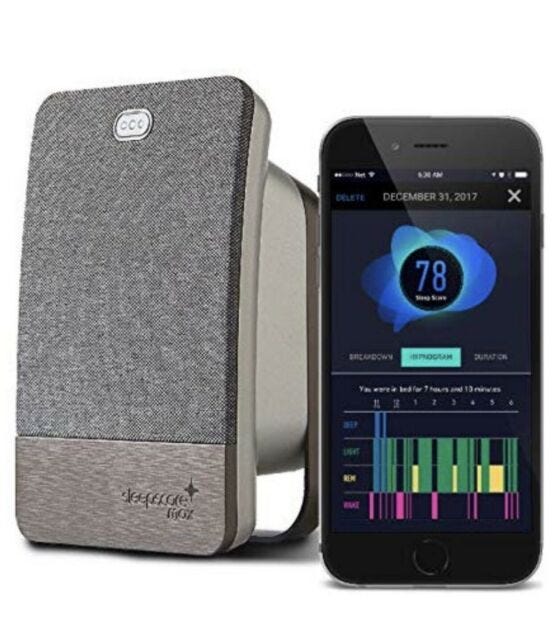
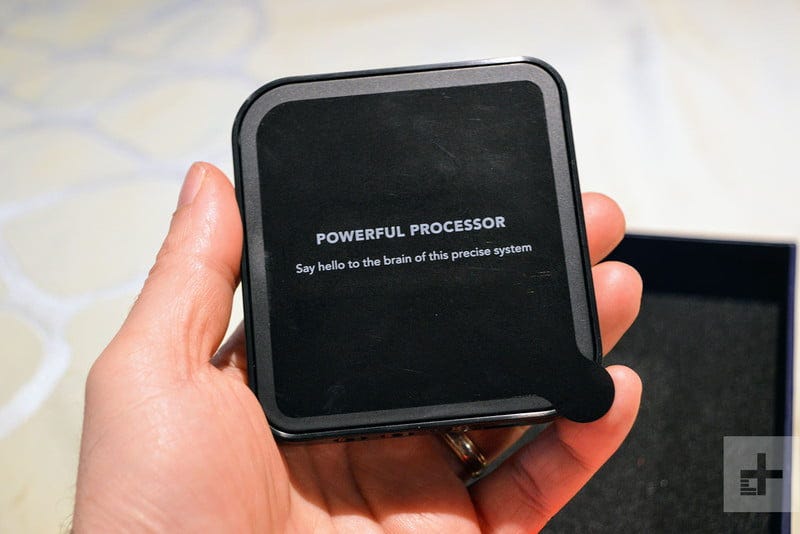


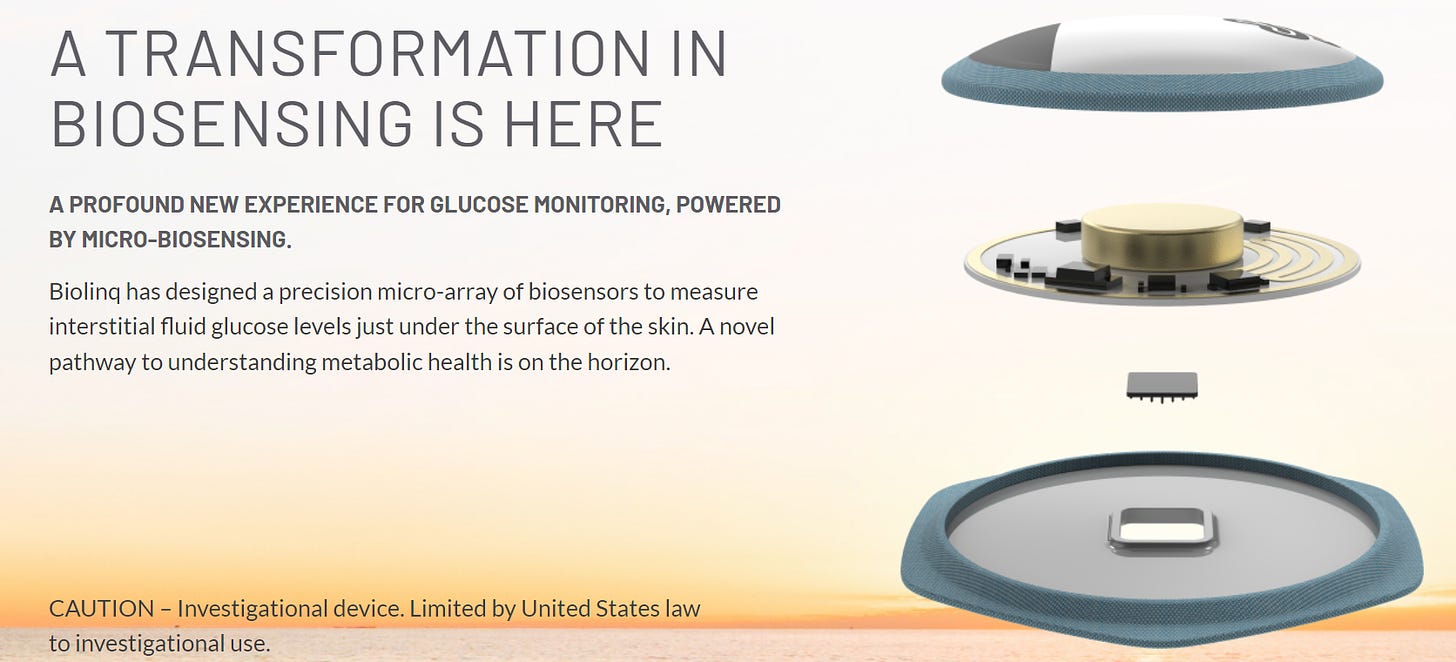
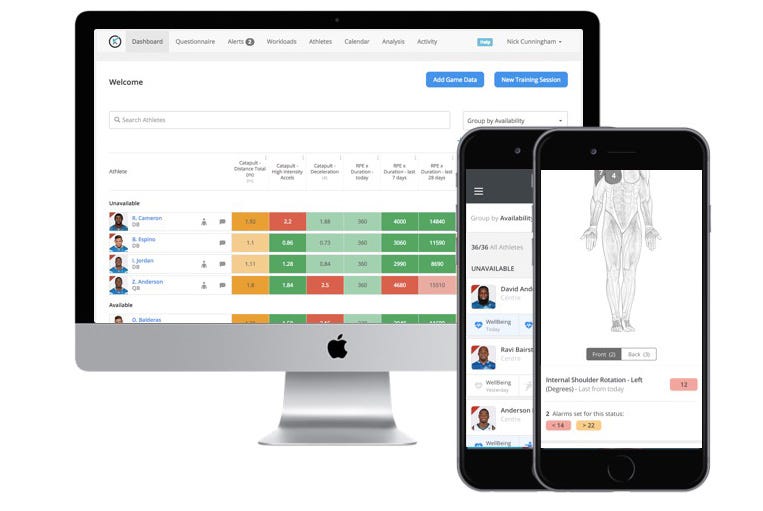
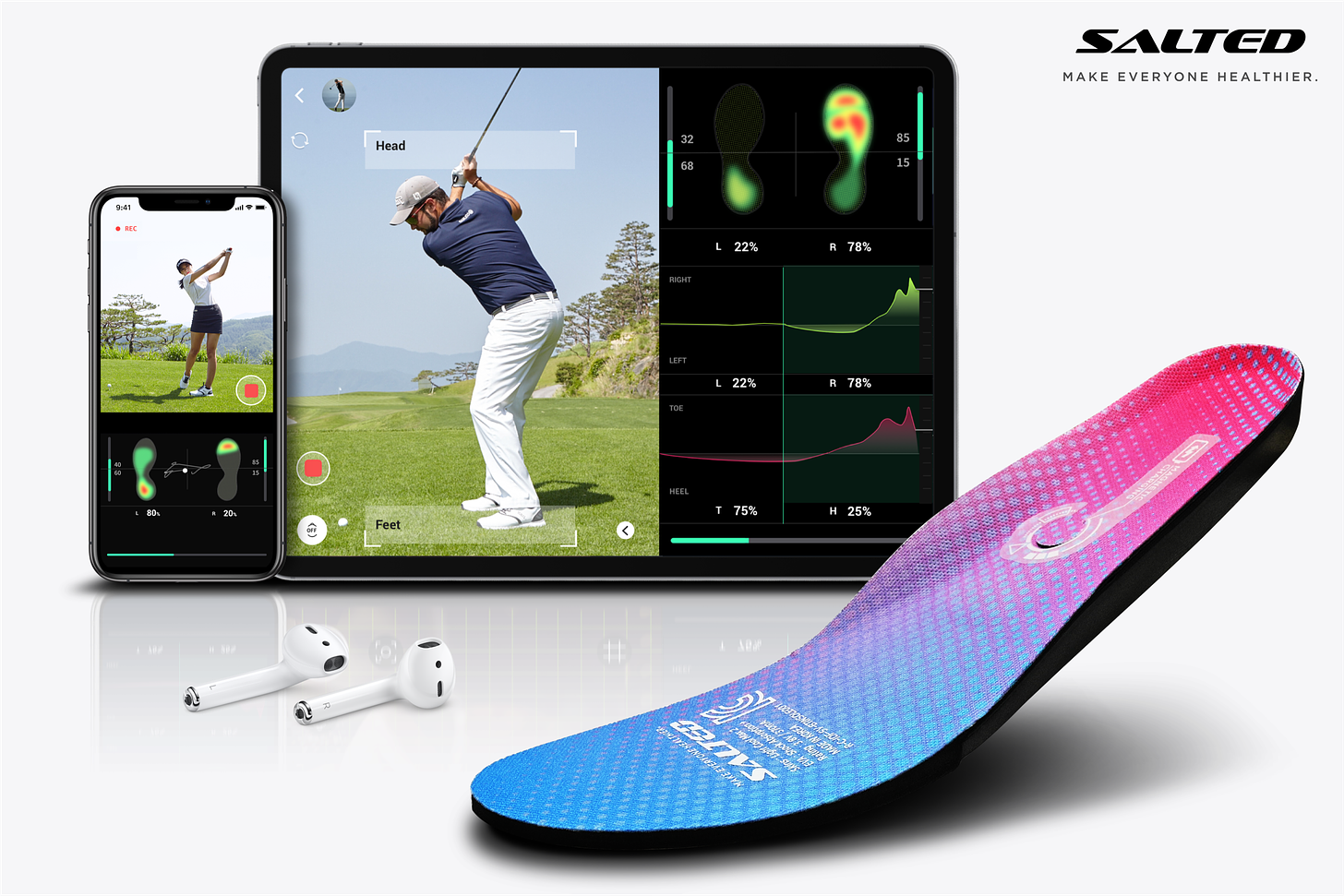

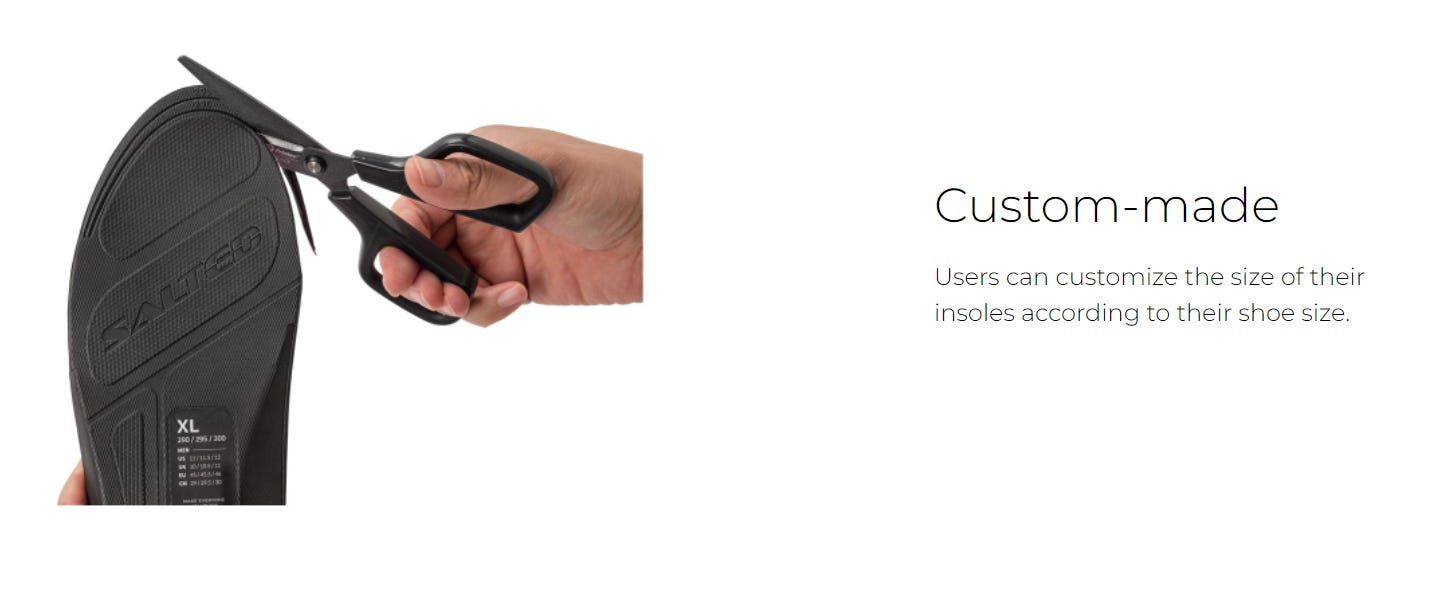
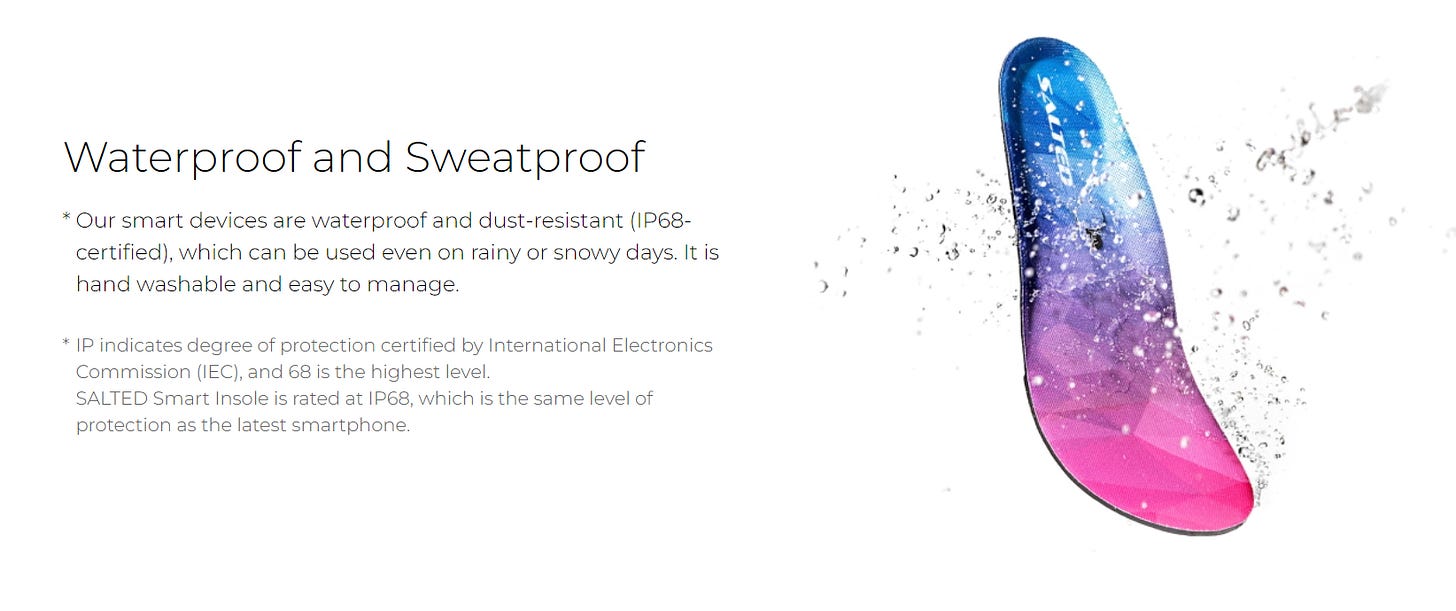

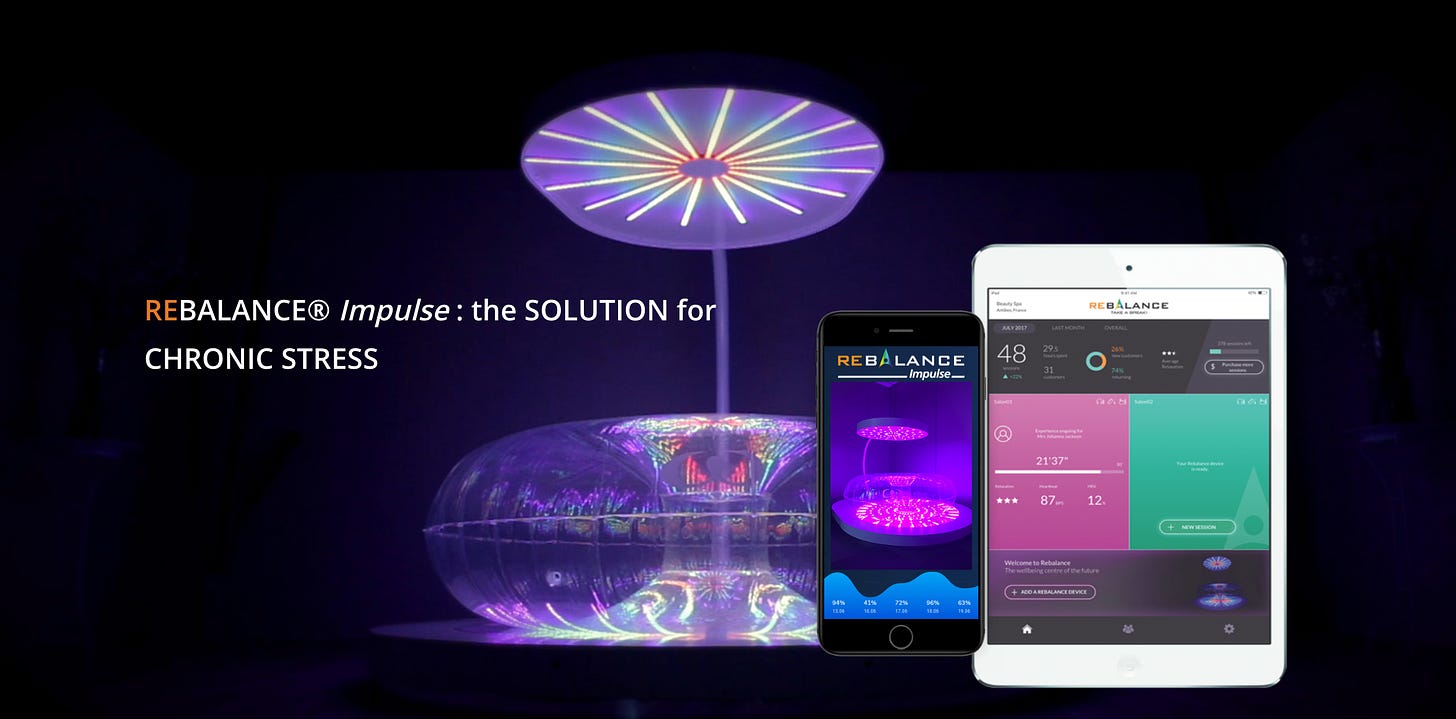
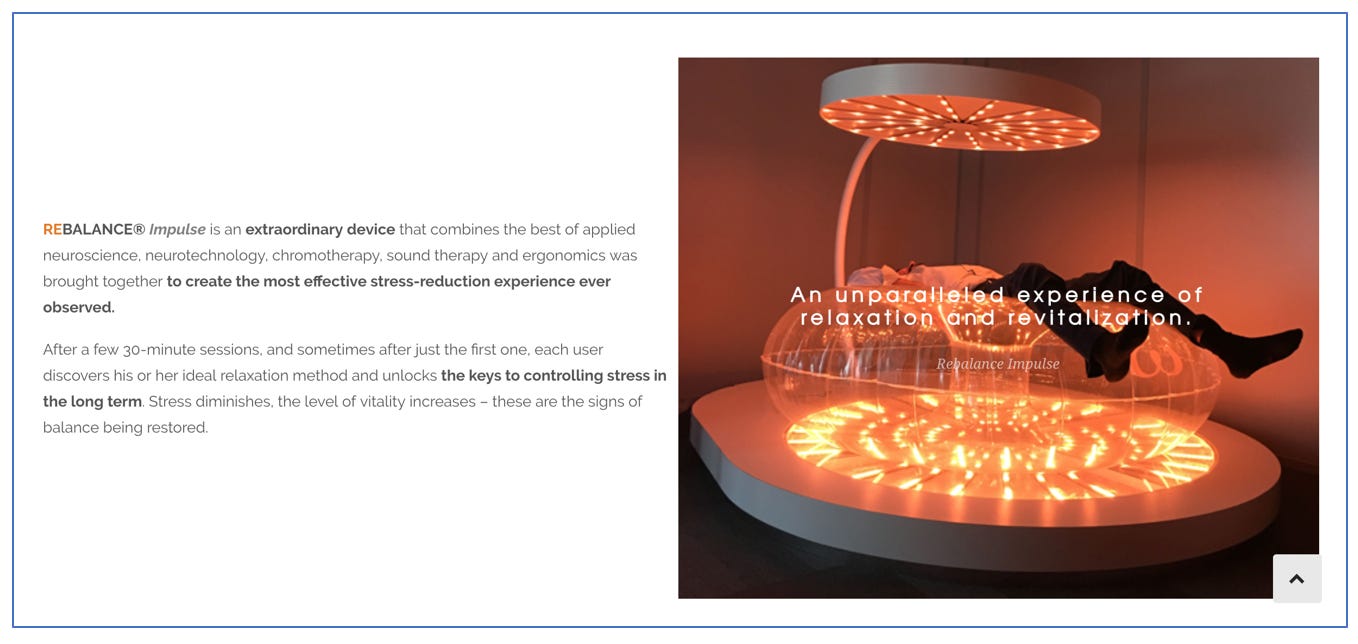

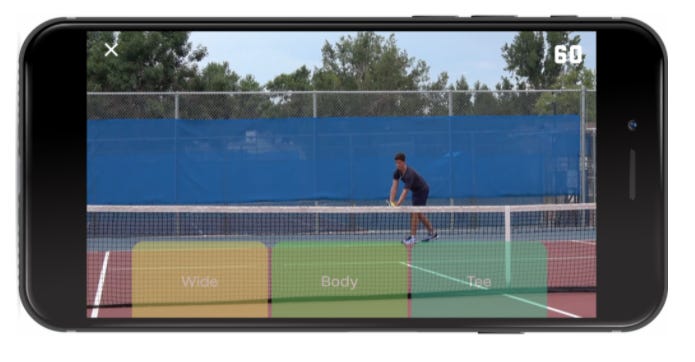
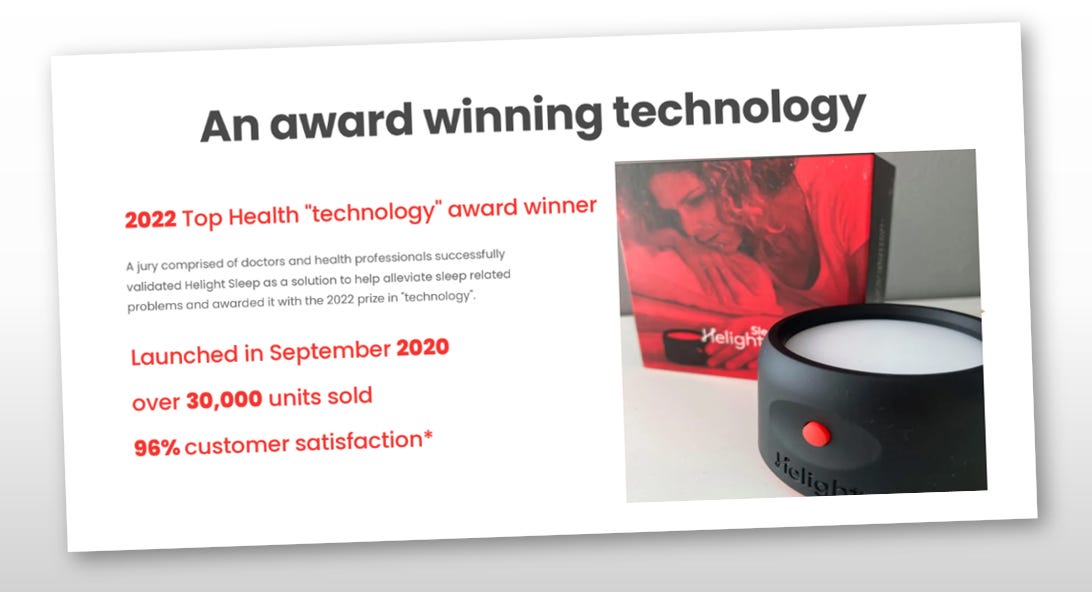
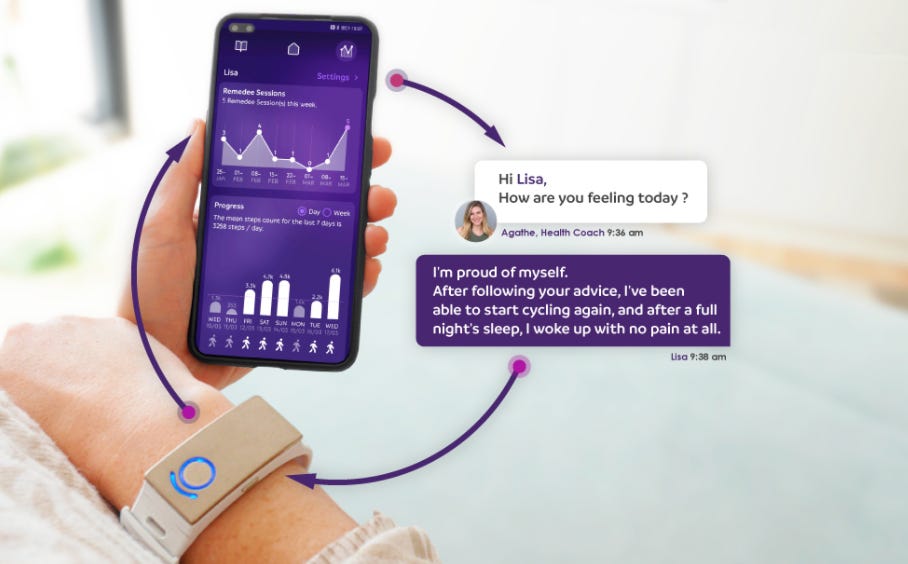
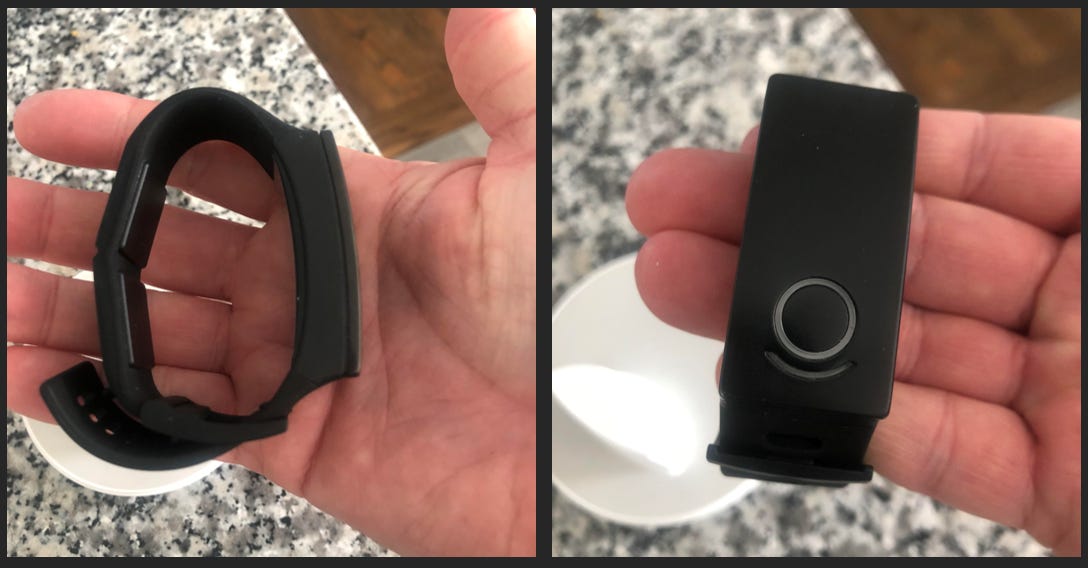
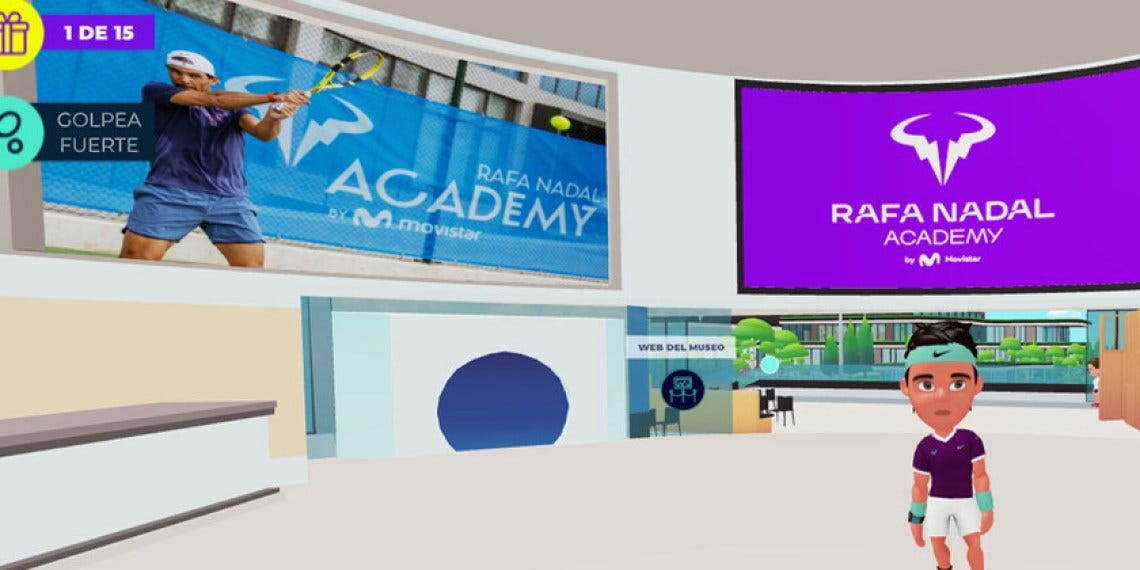

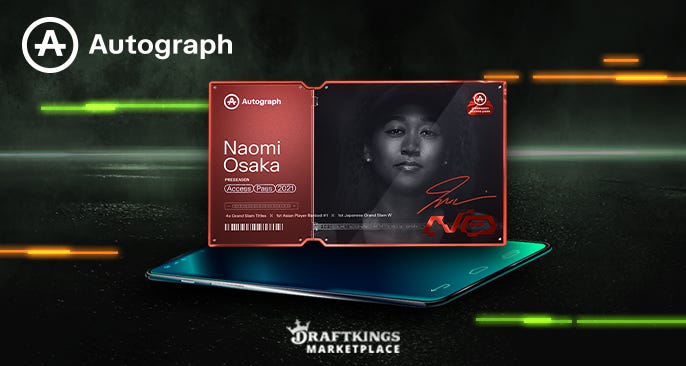


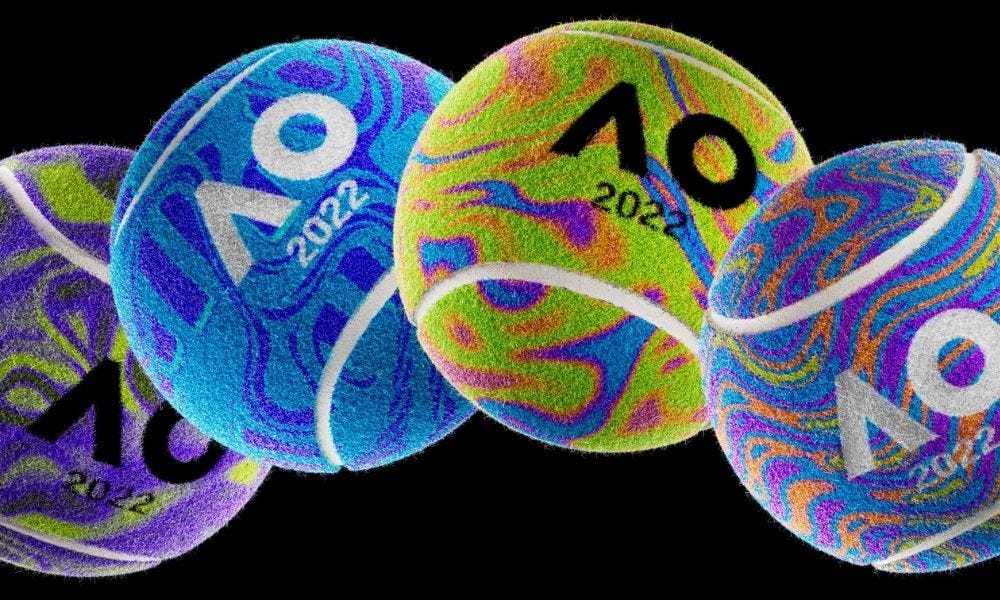


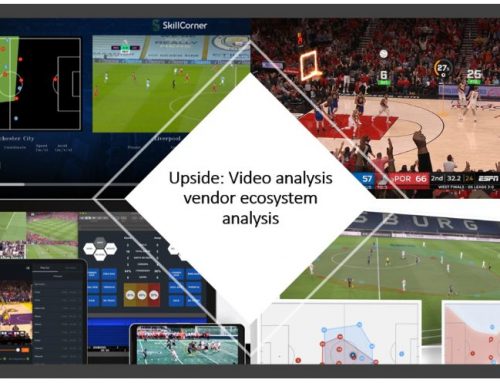
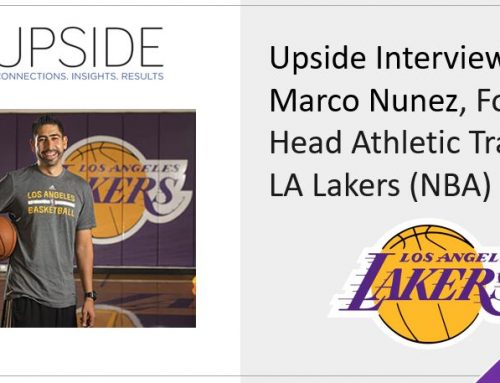
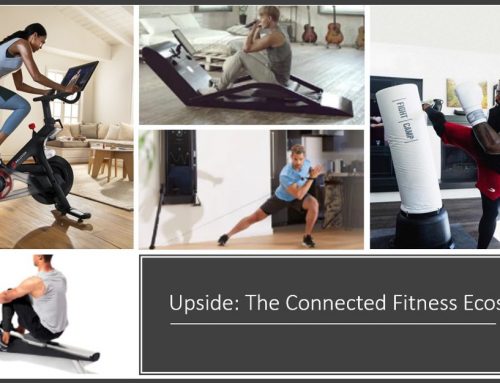

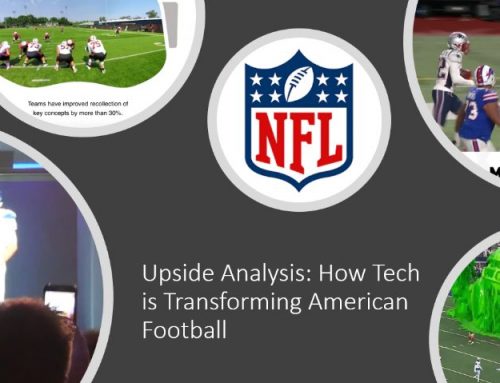


Leave A Comment
You must be logged in to post a comment.